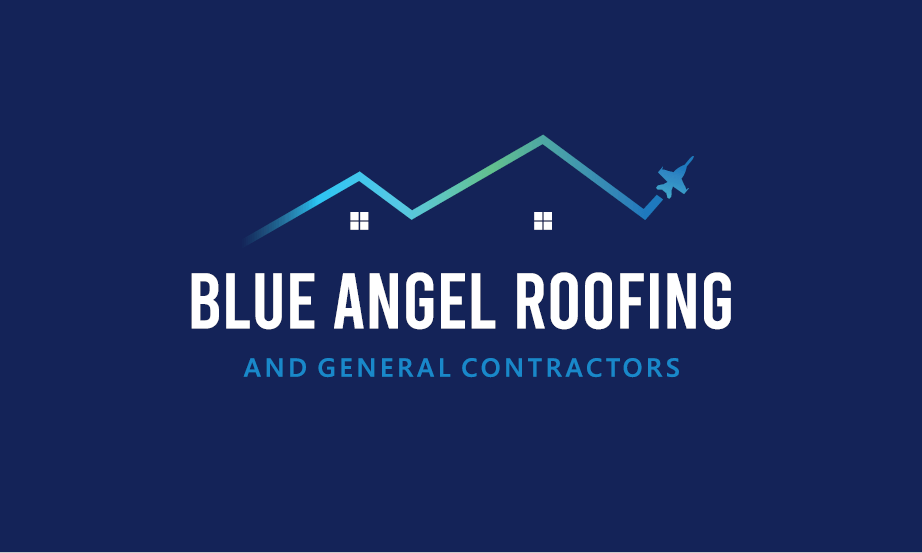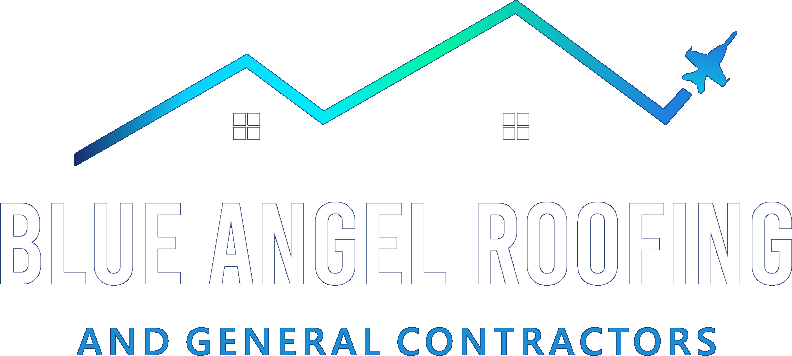It is essential to understand the risks that the winter season can bring. Whether or not we like the gorgeous snow, many households experience winter weather damage yearly.
Fortunately, there are steps you may take to limit a lot of that harm. This post will cover everything you need to know to prepare for winter. Here is the annual checklist for the most important winter house maintenance:
Top Winter Maintenance Checklist
Winter storms can bring down trees or entire buildings, but there are also covert dangers. For instance, water expands strongly when it freezes. In the end, protecting your house from this kind of harm is what matters.
1. Furnace Filter Replacement
Winterizing a home requires meticulous furnace care. Many concerns include problems with the pilot light and electronic ignition. This can be avoided by hiring a professional to examine the system at least once a year.
This can increase your heating system’s effectiveness while saving you much money on your furnace and utility bills. It is simple, inexpensive, and only necessary once or twice a year to change the filter.
2. Clean Out The Chimney
The risk of chimney fires increases when your fireplace is clogged with too much ash, coals, leaves, and other debris. Additionally, it might stop smoke from leaving the chimney, which would only allow it to enter your house. To avoid this, you should get your chimney cleaned once a year.
3. Invest In Pipe Insulation
Your water pipes can’t resist the change from liquid to ice because they’re not sturdy enough. Water expands with such force when it freezes that it can break most household pipes. You have to insulate them to stop this, especially where they are most vulnerable.
If your pipes are all within 5 feet of the foundations or outside walls, or if they are beyond your home, you should insulate them because they will be exposed to the weather outside. The best part is that installing this insulation won’t cost you a fortune, won’t stop you from using water, and is quite affordable.
4. Rotate The Ceiling Fans
This method is highly useful even if you’ve never heard of it. Since heat naturally rises to the ceiling in the winter, reversing the direction of your ceiling fans will simply press cool air upward while pulling warm air back to the floor.
This tip is especially useful if your ceilings are high because it may be incredibly inefficient to heat vast spaces if the heat rises to the top.
5. Do A Heating System Check
Ensure that the heating system is functioning at its best. If you want to test everything before, open several windows, turn it on, and examine each outlet to see how they function. You don’t want to discover that it doesn’t function on the very first below-freezing day of the season.
Don’t ever use the oven as a supplemental or temporary heating. Don’t use it as a heater or keep it open for a prolonged period because it poses a serious flame and carbon monoxide threat.
6. Inspect Your Roofing System
It’s a good idea to hire a roof inspector, but if you don’t want to spend the money, at least take a close look at it when you clear the leaves from your gutters. Safely ascend to the roof and scan it for any abnormalities. Make an appointment with a professional if you notice anything unsettling.
Your roof is precarious due to the added weight that snow adds, which could result in deterioration, leaks, or collapse. The price to replace a roof might be considerably over $10,000. So, never undervalue the significance of a roof inspection.
7. Look Into Your Detectors
Throughout the year, smoke and carbon monoxide detectors are essential, but they become even more crucial in the winter. You risk igniting a fire and storing carbon monoxide in your house when you use the fireplace or another heating source.
8. Close Any Air Leaks
The best technique to stop heat loss is to cover your windows with transparent plastic, but even caulking the cracks around your doors and windows will help a lot. Although hiring a contractor will produce the best effects, you might achieve significant results using door stoppers and insulation caulk.
As air leaks account for 10% to 50% of heat loss, doing this will drastically reduce your energy costs. Additionally, it will keep your home warm during a power outage.
9. Make Sure To Winterize The Attic
Always ensure that attics are properly vented and well-insulated. Pull back any insulation packed too tightly beneath the eaves to prevent soffit vents from clogging.
Additionally, remove any boxes and anything that can prevent your attic’s attic from breathing freely. While up there, keep an eye out for any indications of water leakage, gaps, or decking separations and make any necessary repairs.
10. Flush The Floor Drain In Your Basement
Doing this may seal off your property from sewer gas and create a watertight seal. It should be a common practice to add water to the drain pipe and ensure there is always water in it since, with time, the water in the drain may evaporate, leaving your property smelling musty.
Conclusion
You may now enjoy the winter season with a fresh sense of calm and spirit since you have the proper winter home care checklist. Spend a weekend getting ready for the worst, and you can hope to spend the season savoring the best; it doesn’t have to be difficult!
You can ask the experts to help you throughout the maintenance checklist to ensure that you won’t overlook any details crucial to your home’s safety. Blue Angel Roofing is the expert and leader in total exterior repairs and replacement of your roofing needs. Give us a call today and we’d be happy to help!


